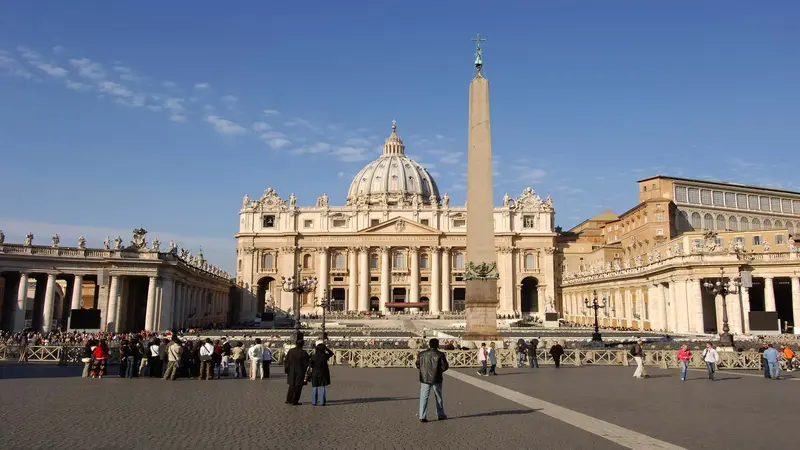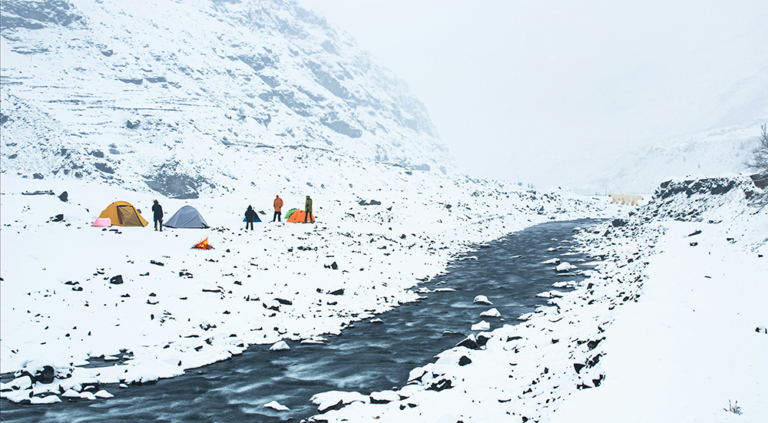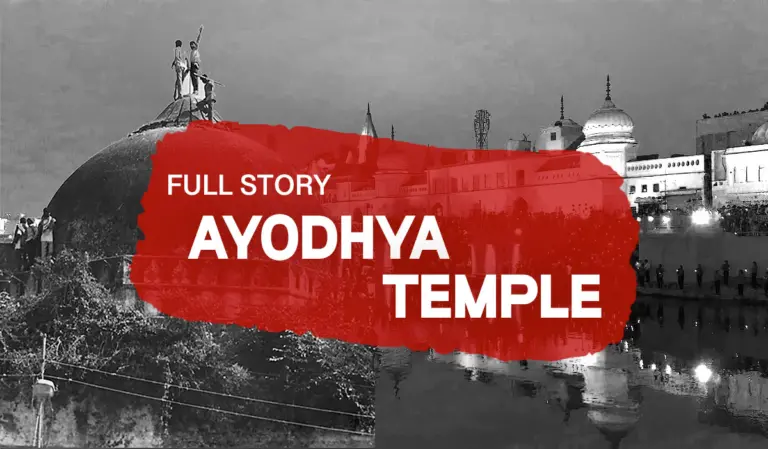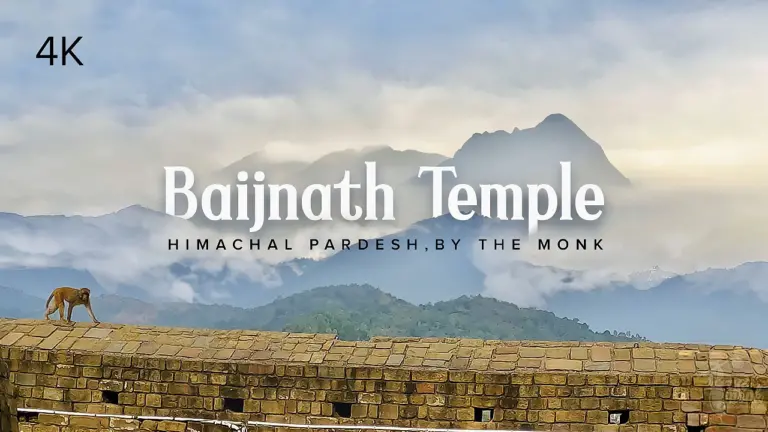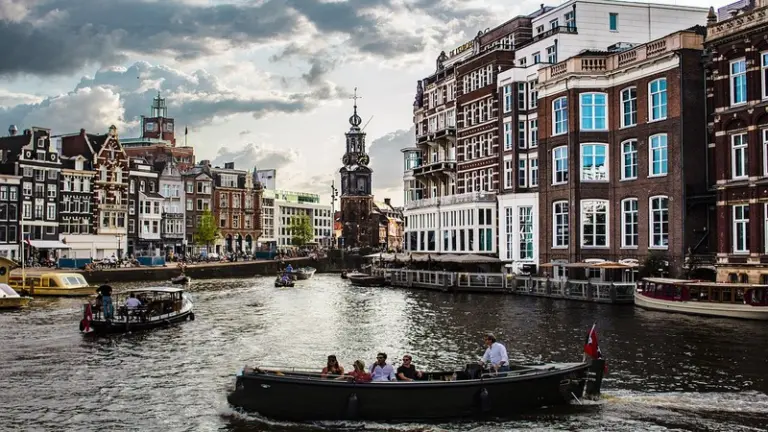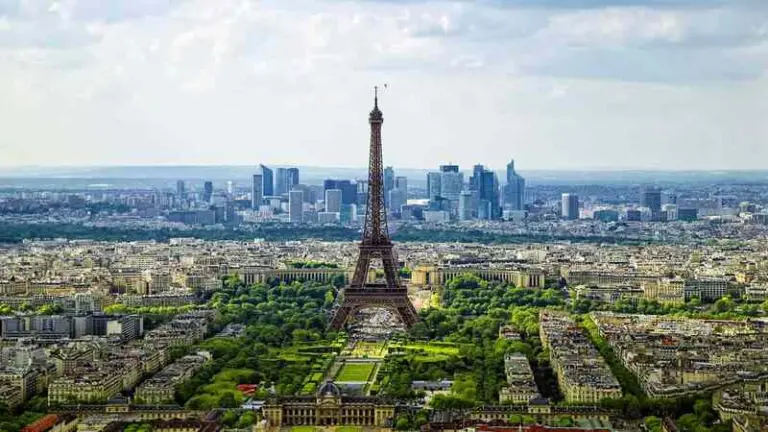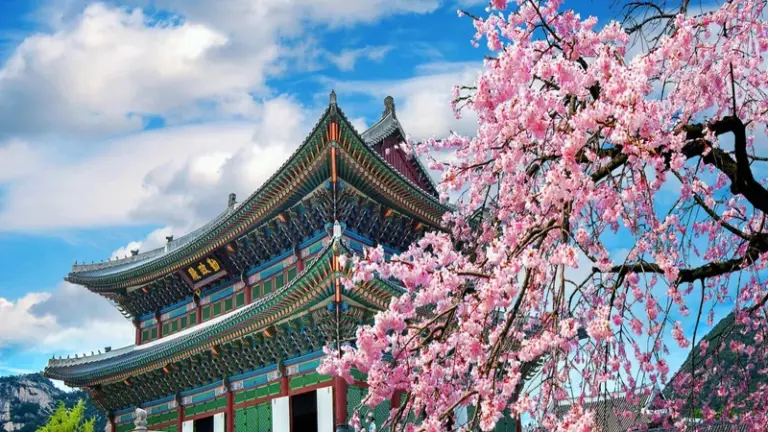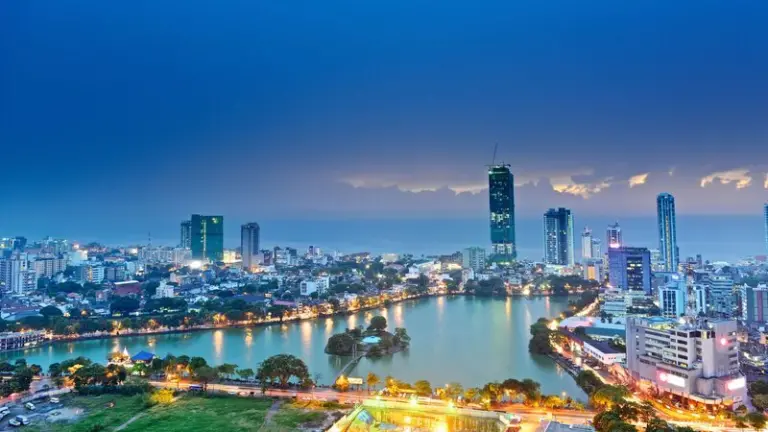Vatican City, the world’s smallest independent state, nestled within the heart of Rome, Italy, is renowned not only for its religious significance but also as a center of art, culture, and history. Covering an area of about 44 hectares (110 acres) and with a population of around 800 inhabitants, Vatican City’s status as the spiritual and administrative center of the Roman Catholic Church makes it a unique and revered destination for tourists from around the globe. This article delves into the captivating world of tourism of Vatican City, exploring its historical importance, religious attractions, artistic treasures, and the impact of tourism on this extraordinary enclave.
Historical Context and Significance
Vatican City’s historical importance is deeply intertwined with the Roman Catholic Church’s legacy. The establishment of the Papal States in the 8th century marked the beginning of the Vatican’s role as the temporal seat of the Pope. However, it was in 1929 with the signing of the Lateran Treaty that Vatican City officially gained its sovereignty, ensuring its independence from the Italian state. This treaty solidified the city-state’s status as the spiritual and administrative headquarters of the Catholic Church, granting it special privileges and international recognition.
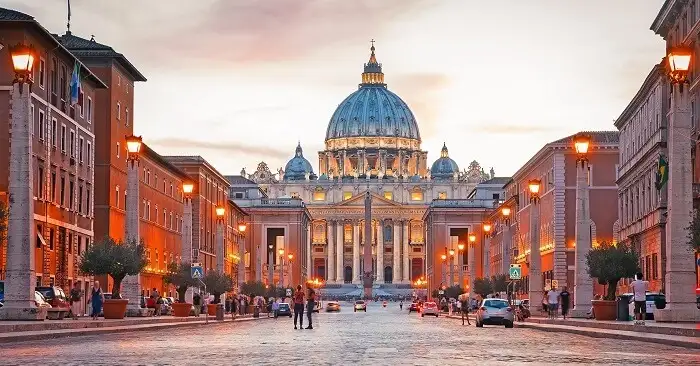
Religious Attractions in Tourism of Vatican City
Vatican City’s most iconic religious attraction is St. Peter’s Basilica, a masterpiece of Renaissance architecture and a symbol of the Catholic faith. The basilica’s grandeur and magnificence captivate visitors as they enter the vast nave and gaze upon Michelangelo’s awe-inspiring dome. The basilica is also home to the renowned sculpture “La Pietà,” also created by Michelangelo.
Adjacent to St. Peter’s Basilica is St. Peter’s Square, a sprawling plaza known for its stunning colonnades designed by Gian Lorenzo Bernini. This monumental square serves as a gathering place for pilgrims and visitors during significant events led by the Pope, such as the papal audiences and the Urbi et Orbi blessing.
Another vital religious site within the tourism of Vatican City is the Apostolic Palace, also known as the Papal Palace. This complex houses the Vatican Museums, the Sistine Chapel, and the Papal Apartments. The Vatican Museums are a treasure trove of art and history, featuring an extensive collection amassed by various popes over centuries. These museums house priceless artworks from ancient civilizations, Renaissance masters, and modern artists, providing visitors with a comprehensive overview of humanity’s artistic achievements which is the cherry on the top of the tourism of Vatican City.
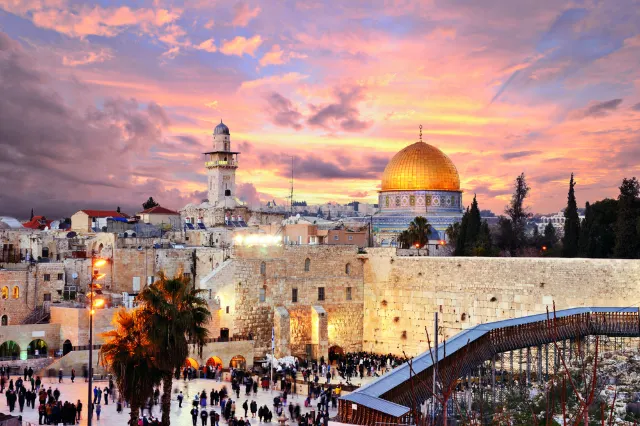
Artistic Treasures
The Sistine Chapel, located within the Vatican Museums, is a pinnacle of artistic achievement and an enduring testament to human creativity in the tourism of Vatican City . Michelangelo’s ceiling frescoes, depicting scenes from the Book of Genesis, are renowned worldwide for their complexity, beauty, and theological significance. “The Creation of Adam,” with its iconic depiction of God and Adam reaching towards each other, has become an emblematic representation of human aspiration.
Equally remarkable are the “Last Judgment” frescoes that adorn the Sistine Chapel’s altar wall, also created by Michelangelo. These frescoes capture the moment of divine judgment, depicting the souls of the departed being weighed and separated into the blessed and the damned.
In addition to Michelangelo’s works, the Vatican Museums showcase an extensive array of art from various eras and cultures which enhances tourism of Vatican City. Visitors can explore ancient Egyptian artifacts, classical sculptures, tapestries, paintings by Renaissance masters like Raphael and Leonardo da Vinci, and a wealth of other artistic treasures.
Tourism’s Impact and Challenges
Tourism plays a vital role in Vatican City’s economy, contributing significantly to its revenue. The influx of tourists brings economic benefits through ticket sales, guided tours, and souvenir purchases, which in turn support the maintenance of the city-state’s religious and cultural sites. However, the sheer volume of tourists can also present challenges.
Managing the crowds and preserving the delicate art and architecture within Vatican City is an ongoing concern. The high foot traffic can result in wear and tear on structures, and the carbon dioxide emitted by visitors can contribute to the deterioration of artwork. To address these issues, the Vatican has implemented measures to limit the number of visitors in certain areas, regulate tour groups, and enhance conservation efforts to safeguard the cultural heritage for future generations.
Visitor Experience and Cultural Exchange
Visiting Vatican City offers a profound and enriching experience, combining spirituality, history, and art. The city-state’s unique status as both a religious center and a repository of artistic masterpieces makes it a destination that appeals to a wide range of travelers, from pilgrims seeking spiritual enlightenment to art enthusiasts eager to witness renowned masterpieces up close which enhances the tourism of Vatican City.
Tourists have the opportunity to attend the Pope’s weekly audiences and special events, witnessing papal blessings and teachings firsthand. The cultural exchange that occurs within the Vatican’s walls bridges gaps between different cultures, languages, and backgrounds, fostering understanding and unity among diverse visitors.
Tourism of Vatican City is a journey that transcends the ordinary, inviting visitors to delve into a realm of spirituality, artistry, and historical significance. As the epicenter of the Roman Catholic Church, Vatican City stands as a beacon of faith, drawing pilgrims and tourists from all corners of the world which boosts the tourism of Vatican City. Its architectural marvels, religious sites, and artistic treasures offer a profound and enriching experience that resonates with both believers and admirers of human creativity. While managing the challenges of preserving its cultural heritage amidst the pressures of tourism, Vatican City continues to inspire awe and wonder, reminding us of the timeless and universal appeal of its treasures.

